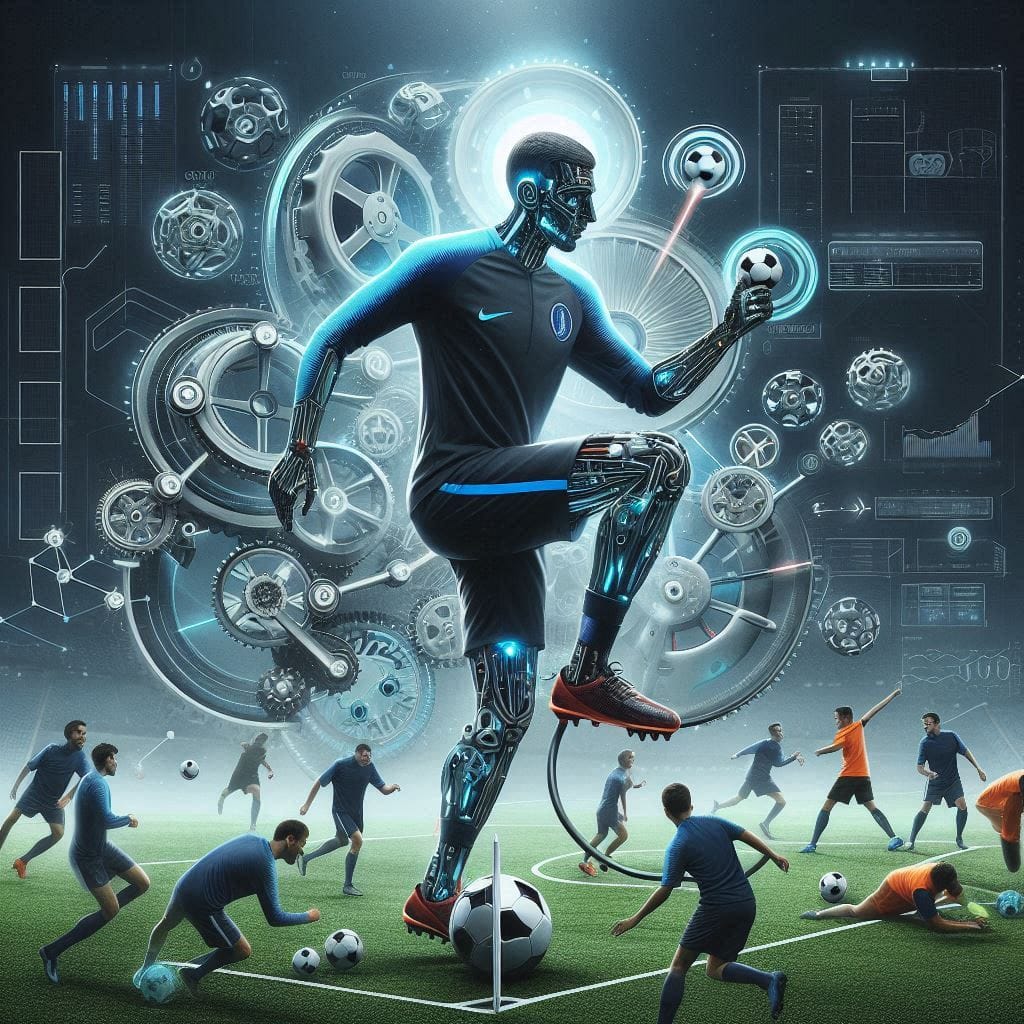
In modern football, the success of a coach is not merely measured by match results but by the lasting impact they have on player development and team cohesion. A coach who focuses solely on winning games may achieve temporary success but risks long-term inefficiencies. The key to sustainable high performance lies in balancing collective and individual training, a principle deeply embedded in the Pons Method. Through the concept of semi-collective & individual training and the strategic fragmentation of exercises, coaches can maximize player performance and ensure long-term growth, both for the individual athlete and the team as a whole.
Moving Beyond Results: The Holistic Approach to Training
As I, David Pons, have observed throughout my career, many coaches still focus too heavily on results. While outcomes are certainly important, they are a byproduct of a process that prioritizes player development. A coach’s credibility is reinforced when they plan both collective and individual training sessions, carefully integrating them to address the unique needs of each player while maintaining team objectives.
The Pons Method advocates for a fragmented training approach, where training is broken down into smaller, focused exercises that address specific technical, tactical, and cognitive components of the game. This enables players to develop at their own pace, focusing on their unique strengths and weaknesses, without losing sight of the larger collective goals. When a coach takes the time to design training sessions that incorporate individual needs within a semi-collective structure, they create an environment where improvement becomes the priority, and results follow naturally.
Fragmentation of Training: A Key to Maximizing Performance
The fragmentation of training is a cornerstone of the Pons Method. This approach involves breaking down complex game situations into smaller, manageable tasks that can be trained in isolation before being reintegrated into a more collective setting. For instance, when working on a tactical element like playing out from the back, the training can be fragmented into:
- Individual technical & tactical drills focusing on the game model. .
- Semi-collective exercises involving players to work on positioning and decision-making.
- Full-team integration, where the individual skills , the game patterns and the sinergies are applied in real-time game scenarios.












